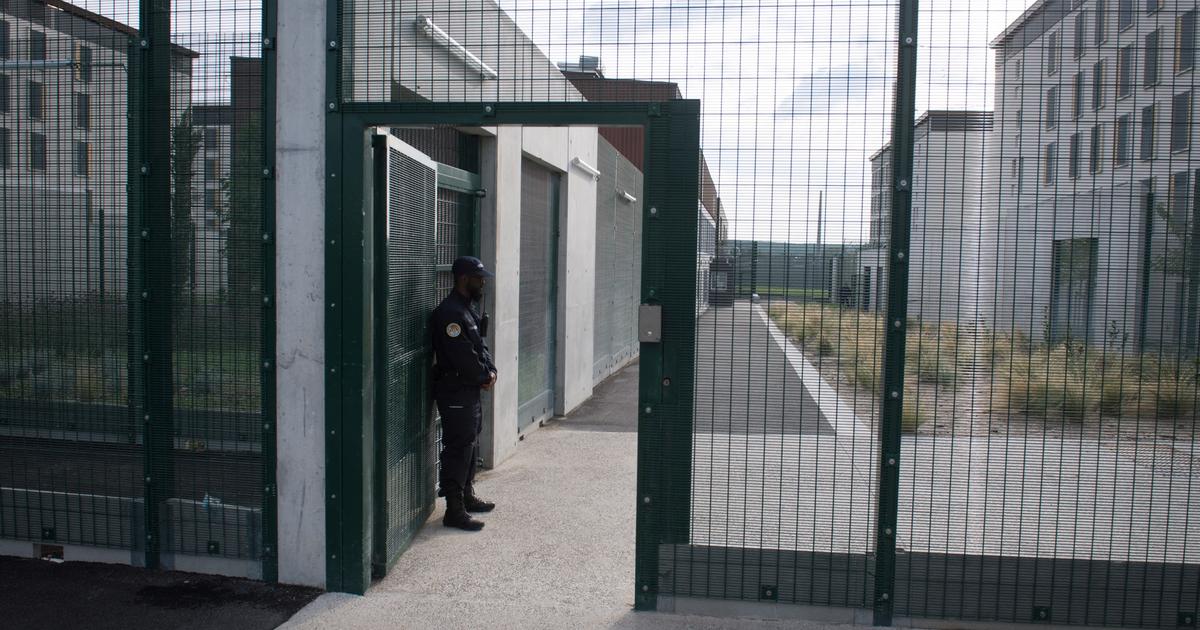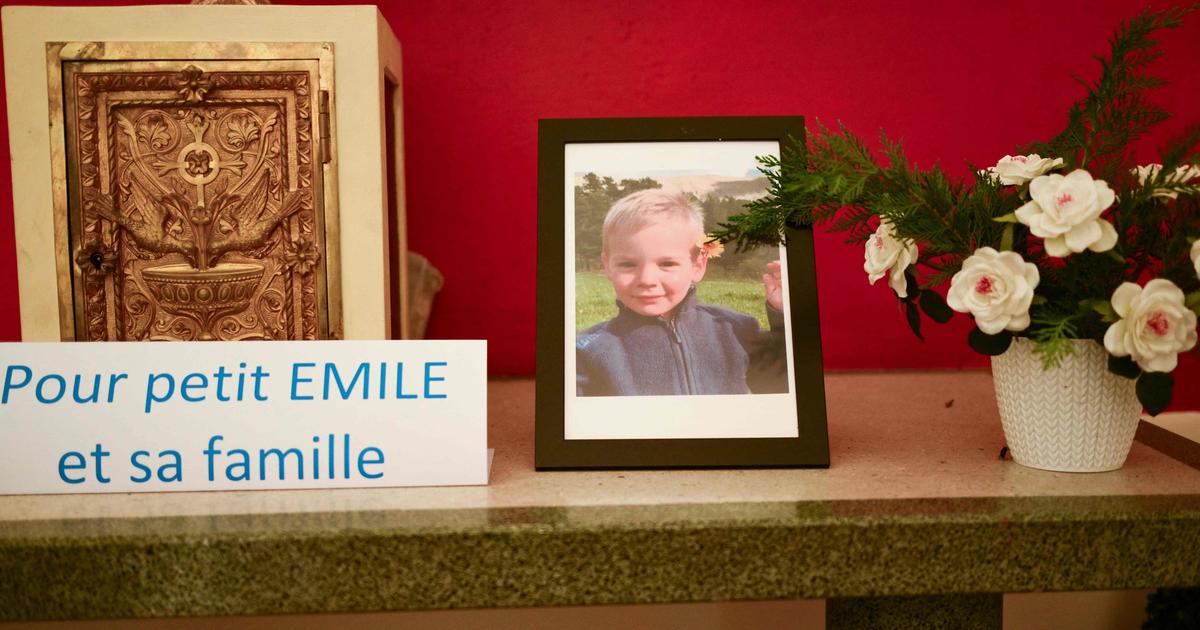A cheerful tavern scene catches the eye at the Musée Granet in Aix-en-Provence.
We would gladly toast with this group of bambocheurs painted in Rome in 1824 by the Berliner Franz Ludwig Catel.
Especially since it has a prince in its midst: the future Ludwig I of Bavaria, a lover of the arts and of Italy who, once ascended the throne, will found the extremely wealthy Neue Pinakothek in Munich.
An admirer of Goethe, who a generation earlier was ecstatic over
"the capital of the world"
, Louis had acquired the Villa Malta, on the Pincio hill.
He would have stayed nearly twenty times in this Teutonic equivalent of the Medici villa, where he invited dozens of painter friends, Germans of his age, to perfect their art in contact with the old masters and ancient ruins.
And, of course, also to savor in the soft Mediterranean light.
” READ ALSO
– The best of photography at the Rencontres d'Arles
Today, as the Neue Pinakothek is closed for work until at least 2025, it has agreed to lend the historic core of its collections to Aix.
The one who never usually goes out.
Namely, the paintings acquired personally by Louis.
About thirty, mostly landscapes (but also an exquisite portrait of Felice Berardi d'Albano, a 15-year-old girl sublimated by August Riedel).
A relevant and harmonious presentation
This set of solar romanticism is completed with old photographs: 81 original prints taken from a fund of 2000 views of Rome and its countryside in the 19th century, acquired by the Neue Pinakothek in 2014. Finally, oils by François Marius Granet (1775-1849), David's student from Aix, who bequeathed his collections and his studio fund to the museum, are hung opposite.
This presentation turns out to be perfectly relevant and harmonious since Granet not only made a cultural and historical tour of Italy, but also lived in total more than twenty years in the Eternal City.
“The one in front of the canvases of which the young Cézanne was initiated surely rubbed shoulders with the German diaspora
, estimates Bruno Ely, the director of the place and curator.
In his correspondence, Granet also quotes Catel.
Both linger in front of the tomb of Cecilia Metella, the Castel Sant'Angelo, open their box of colors in front of the Aqua Claudia, the Ponte Nomentano or the traces of the Via Appia.
Read also
The cultural riches of Puglia are exhibited in Paris
Sign of the advent of profane times, the Vatican appears only slightly and always in the distance.
Johann Wilhelm Schirmer prefers to camp the temple of the Sibyl at Tivoli in a tormented setting.
Carl Blechen produces a monumental view of Assisi but from the rural base of the foothills of the San Francesco convent.
In short, the Italy of artists is the Italy of Augustus and Virgil, no longer that of the popes.
The Eternal City from every angle
With the large formats, we also discover studies of skies executed with the attention of a meteorologist before their time.
Horizons often of a pure blue but which, as well, can take on tormented aspects.
Ernst Willers, Caesar Metz, Joseph Anton Koch halo these clouds, like these landscapes of old stones, with a deep melancholy.
Among them stands out Johann Christian Reinhart.
He seems to have made a specialty of rocky promontories conducive to elevation, to solitude.
More sublime, ultimately, than realistic.
This is fortunate, because in general the modern eye sees sentimentality in the German porcelain way.
Even the Nazarenes, a group that used to be at the forefront, seem antiquated with their clear tones, their pure lines, their reverence without distance to Perugino and Raphael.
See
Mary and Elizabeth with Jesus and St. John the Baptist
by leader Friedrich Overbeck.
Like these colleagues, Granet represents Trinité-des-Monts, the church of Ognissanti or the villa Ludovisi from all angles, playing with these blond cubic shapes.
Sometimes we think we see here the beginnings of Corot.
It is however characterized by its renderings of interiors, those of churches, cloisters or catacombs.
Such volumes prove to be conducive to gaps of light, signs of the divine that must be rendered with virtuosity.
See also
Street artists have carte blanche in a villa on the heights of Monaco
Seized from an arcade, its Colosseum invaded by wild grass, populated by way of tourists with some porters taking a siesta and women in prayer, makes a fine example.
Likewise its underground church of San Martino ai Monti, whose vaulted rooms, covered with mold, offer an ideal range of browns and greens for the detail of a white shroud to stand out in the background.
As for his
Chœur des Capucins de la place Barberini
, a work that confirmed his success, Granet produced around twenty versions.
His fortune made, once back in his native Provence, he bought a country house.
“Via Roma, painters and photographers from the Neue Pinakothek in Munich”, until October 2 at the Granet Museum, Aix-en-Provence.
Liénart catalog 192 pages, €29.
Tel.: 04 42 52 88 32.
“Follow all the news from
Figaro
culture on
and
.
» Discover the guided tour program of the
Figaro Store
here
.









